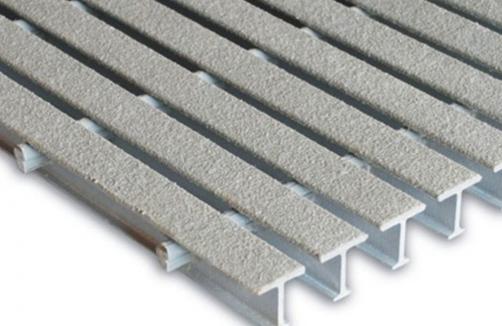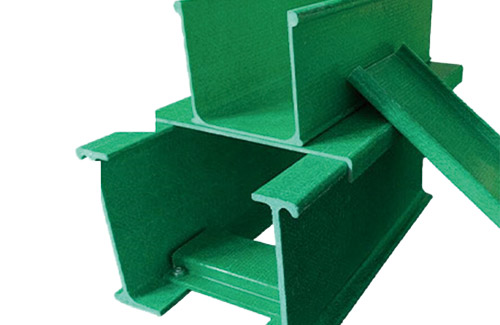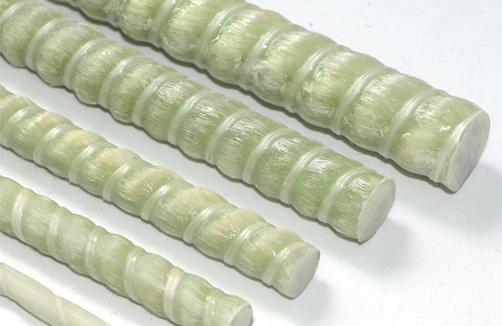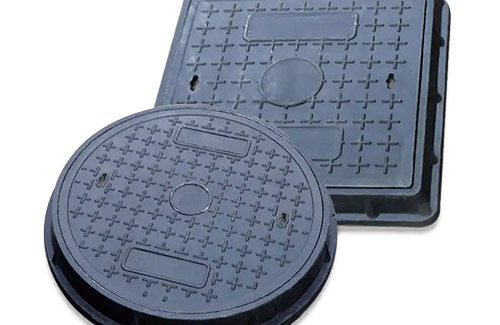Fiberglass grating is a semi-rigid product made of alkali free fiberglass mesh fabric and coated on the surface. It is a new type of excellent geotechnical substrate that enhances the functionality of road surfaces. The main component of glass fiber is silicate, which is a material with extremely stable physical and chemical functions. It has high heat resistance and excellent cold resistance (generally operating at temperatures between -100-280 ℃), high strength, high modulus, good chemical stability, corrosion resistance, low coefficient of expansion, and good scale stability. After surface modification and coating, the surface function of glass fiber was changed, its composite function with asphalt was improved, and the wear resistance and shear resistance of the substrate were greatly improved.
1) High tensile strength and low elongation - Fiberglass grating is made of fiberglass, which has a higher strength than other fibers and metals. It has a high modulus and high resistance to deformation, with a fracture elongation of less than 3%.
2) No long-term creep - As a reinforcing material, fiberglass grilles have the ability to resist deformation under long-term loads, and creep resistance is extremely important. The fiberglass does not undergo creep, which ensures that the product can maintain its function for a long time.
3) Thermal Stability - The melting temperature of fiberglass is above 1000 ℃, which ensures the thermal stability of the fiberglass grating during paving operations.
4) Compatibility with asphalt mixture - The information on the coating of fiberglass grating in the post-treatment process is designed for asphalt mixture planning. Each fiber is fully coated, which has high compatibility with asphalt and ensures that the fiberglass grating does not block the asphalt mixture in the asphalt layer, but firmly combines with it.
5) Physical and chemical stability - By coating with special post-treatment agents, fiberglass geogrids can resist various physical wear, chemical corrosion, biological corrosion, and climate change, ensuring their functionality is not affected.








